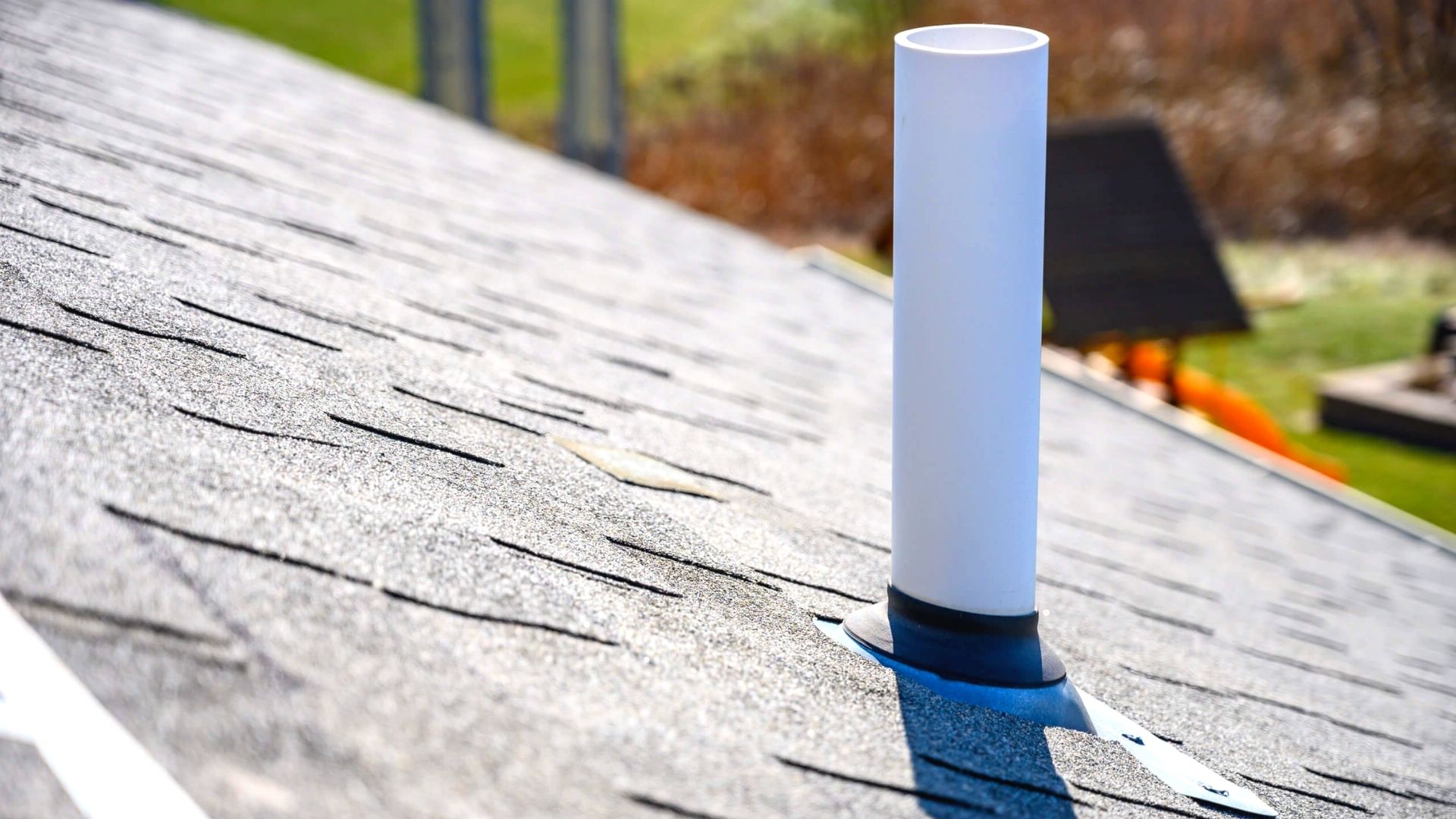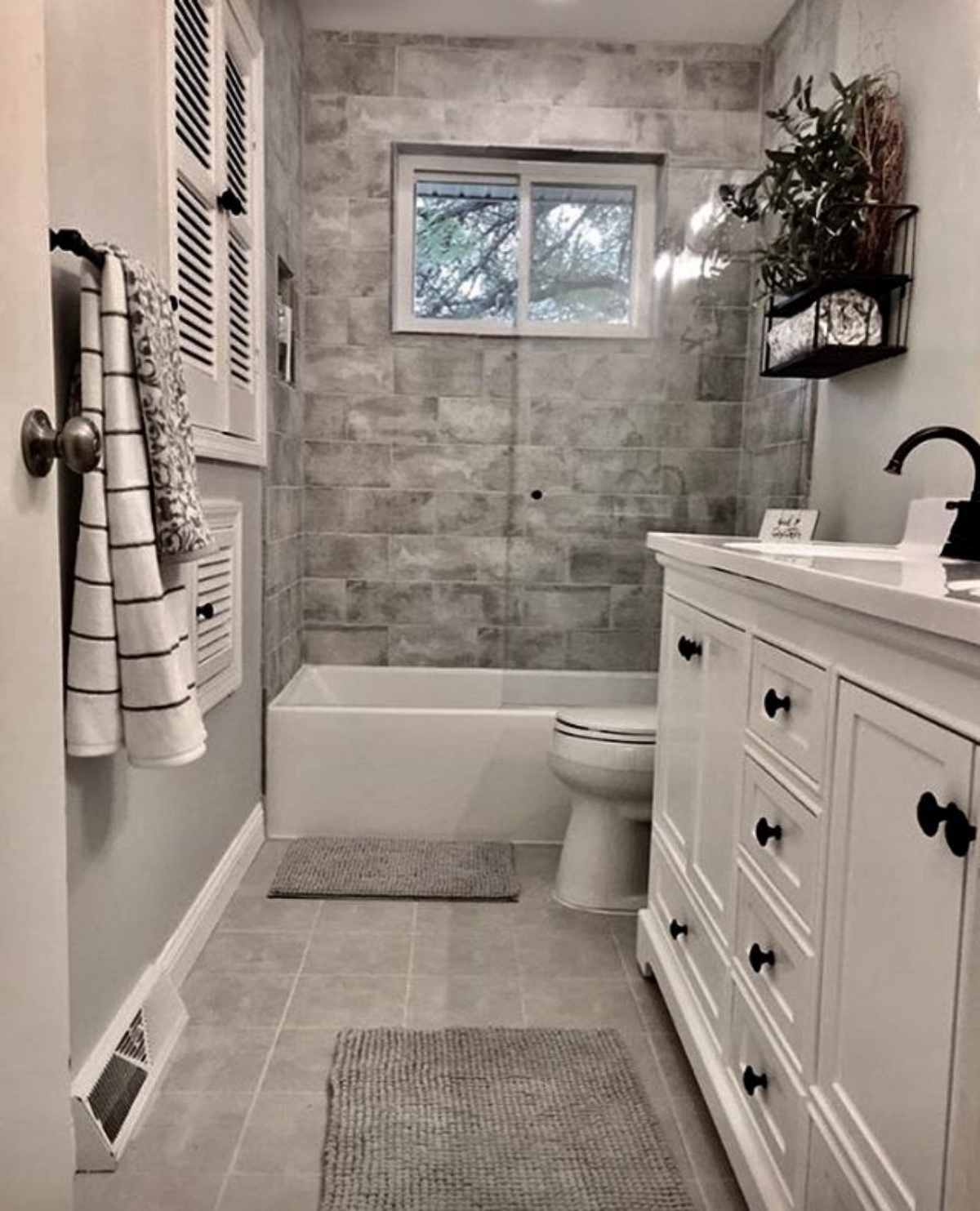What are your thoughts on The Upsides of Proper Ventilation in Plumbing Design?

Proper air flow in plumbing systems is often forgotten, yet it is crucial for preserving the performance and safety and security of your home's plumbing. Ventilation assists control atmospheric pressure, avoid the build-up of hazardous gases, and ensure the reliable elimination of waste. In this guide, we will explore the relevance of proper plumbing air flow, exactly how it works, and the advantages it gives your pipes system.
Comprehending Ventilation in Plumbing
Air flow in plumbing refers to the network of pipes that allow air to flow via the drain system. These vents serve numerous objectives, including regulating air pressure within the pipes, preventing sewage system gases from entering the home, and helping in the smooth flow of wastewater.
Exactly How Air Flow Functions in Pipes Equipments
Air Pressure Guideline
Proper air flow keeps balanced atmospheric pressure within the plumbing system. When water streams through pipes, it displaces air. Without adequate ventilation, this variation can develop unfavorable stress, causing slow drains or siphoning of water from catches, which can trigger unpleasant odors to permeate into the home.
Avoiding Drain Gas Build-up
One of one of the most critical functions of plumbing vents is to prevent drain gases, such as methane and hydrogen sulfide, from collecting within the home. These gases can position severe health and wellness risks and are highly flammable. Vent pipelines allow these gases to run away securely outdoors.
Assisting in Waste Removal
Ventilation assists in the reliable removal of wastewater by preventing airlocks in the drainage system. When air can flow easily through the vents, it enables water and waste to flow efficiently via the pipelines, reducing the danger of blockages and backups.
Kinds Of Plumbing Vents
Main Stack Vent
The primary stack air vent, additionally known as the air vent pile, is the key vent in a pipes system. It expands from the major drain line up through the roof covering, allowing gases to leave and fresh air to get in the system.
Branch Vent
Branch vents link to the primary pile air vent and serve specific components, such as sinks, commodes, and showers. These vents make certain that each fixture has appropriate ventilation to function effectively.
Air Admittance Valve (AAV).
An Air Admittance Valve (AAV) is a one-way valve that permits air to enter the pipes system without the need for a standard vent pipe extending through the roofing system. AAVs are typically made use of in restorations or locations where installing a conventional vent is unwise.
Signs of Poor Air Flow in Pipes.
Slow Draining Fixtures.
If your sinks, tubs, or bathrooms are draining gradually, it could be an indication of poor ventilation. Poor air flow can develop a vacuum cleaner effect, making it challenging for water to drain pipes properly.
Gurgling Seems.
Gurgling noises originating from drains are typically a result of air being drawn with water traps due to negative stress in the pipes. This is a clear indicator of inadequate air flow.
Undesirable Odors.
Sewer smells inside your home are a red flag that your pipes system is not correctly ventilated. This might imply that sewage system gases are not being effectively aired vent outside, bring about potentially hazardous conditions.
Common Air Flow Mistakes.
Inadequate Vent Sizing.
Using small vent pipes can lead to poor air circulation and stress discrepancies in the system. It's important to use vents that meet the details requirements of your plumbing system.
Improper Vent Positioning.
Placing vents too much from the components they serve can decrease their effectiveness. Correct positioning makes certain that air can move openly and efficiently via the system.
Ignoring Code Needs.
Building regulations supply certain guidelines for plumbing air flow. Neglecting these codes can result in a system that stops working to work correctly and might lead to expensive repair services or health hazards.
Advantages of Correct Air Flow.
Enhanced System Efficiency.
Correctly aerated plumbing systems run a lot more efficiently, with fewer blockages, faster draining, and much less pressure on the pipelines. This effectiveness expands the life expectancy of the plumbing system.
Improved Air Top Quality.
By protecting against sewage system gases from entering your home, appropriate ventilation adds to better interior air high quality, making your living environment healthier and extra comfy.
Protecting Against Water Damage.
Adequate air flow assists protect against water from being siphoned out of catches, which can result in sewer gases going into the home and triggering water damage in time.
Steps to Make Sure Appropriate Ventilation.
Consulting Pipes Codes.
Constantly consult regional plumbing codes when designing or customizing your pipes system. These codes offer the needed standards for appropriate airing vent and ensure your system satisfies safety and security requirements.
Routine Evaluation and Maintenance.
Routine inspections can assist recognize prospective air flow problems before they become significant issues. Maintenance tasks, such as cleansing air vent pipes and looking for blockages, are necessary for maintaining the system in good working order.
Professional Installment.
For brand-new setups or significant alterations, it's smart to work with a specialist plumbing technician. They have the competence to guarantee the air flow system is properly designed and installed according to code.
Conclusion.
Proper air flow is a vital component of any pipes system, making certain that it works successfully and securely. By comprehending the significance of air flow, identifying the indicators of bad air flow, and taking steps to preserve your system, you can protect against expensive problems and safeguard your home's air top quality.
4 Things You Should Know About Your Plumbing Vents
What Plumbing Vents Are
Also called a vent stack, a plumbing vent is a vertical pipe attached to your drain line that runs through your roof. The plumbing vent pipe, or plumbing air vent, removes gas and odors from your plumbing system and allows fresh air to enter the pipes, helping the water to flow out of the drain pipes.
What Plumbing Vents Do
Plumbing vents have two basic functions. One of which is to allow unpleasant smelling wastewater and sewer gasses to escape your plumbing system instead of entering your home. Plumbing vent pipes are typically located on roofs, away from windows, to ensure the fumes exit the home completely.
The other function of the plumbing vent is to move fresh air into your plumbing system. This helps move water through every plumbing fixture in your house, like toilets and sink drains. Think of the way in which you need to let a little air into the bottle as you pour soda in order to make the drink flow smoothly.
Different Types of Plumbing Vents
True vent: This is the most common vent option. In simplest terms, a true vent is a vertical pipe attached to your drain line that exits through the roof. They often function as the main vent that other fixtures can connect to. Re-vent pipe or auxiliary vent: Attached to the drain line near specific plumbing fixtures, re-vent pipes run up and over to connect to the main vent. Common vent: Two plumbing fixtures installed on opposite sides of a wall are typically tied into the vent stack using something known as a sanitary cross. Wet vent: This venting option operates as a drain pipe and a vent at the same time. Wet vent drainage systems drain water from one fixture while venting the air from another. Although they’ve been used for over 100 years, wet vent systems have only recently been added to the plumbing code in many areas. If you’re planning on installing one in a bathroom remodel, make sure you check your local code prior to construction. Loop vent: For free-standing fixtures like kitchen island sinks, loop vents are ideal. These vent pipes run under the floor, rise from the P-trap, and create a loop inside the cabinet sink. Air admittance valve: An AAV is a one-way mechanical valve typically installed at the site of the plumbing fixture. AAVs allow venting to occur without having to tie into a larger venting system. They’re ideal for venting fixtures where you aren’t able to easily connect to an existing vent system. Common Plumbing Vent Issues
Although vent pipes typically don’t have water flowing through them, they’re still subject to many typical plumbing issues. For example, clogs are one of the most common problems associated with sewer vent pipes. If your vent pipe gets clogged, all of your plumbing fixtures tied into the vent stack will be affected.
A sink with a slow drain that bubbles and gurgles or a strong sewage smell around your toilet are both indicators that your toilet vent pipe is clogged. Because most vent pipes exit through the roof, old leaves, twigs or even a bird’s nest could be clogging the pipe.
Clogs in your vent pipe system cause a buildup of negative pressure, meaning that water won’t be able to flow out of your home very well. It’s similar to putting your finger over the opening of a straw to trap water inside. When you remove your finger, the water is able to flow out of the straw.
If you suspect you have any blockage in your vent, make sure you have a professional come examine the situation. Left unchecked, a blocked air vent can lead to other costly repairs, like leaks and sediment buildup.
Under Pressure
Pipe vents are essential aspects of a home’s plumbing system. Owning a home means learning about all sorts of things you never put much thought into before. But by understanding as much as you can about the important systems of your home, you can keep those budgets intact and those anxiety levels low.
https://www.homeserve.com/en-us/blog/home-improvement/plumbing-vents/

I ran across that blog entry about The Upsides of Proper Ventilation in Plumbing Design when exploring the web. Liked our posting? Please share it. Help someone else locate it. I truly appreciate your readership.
Need Help? Hire Us Now!